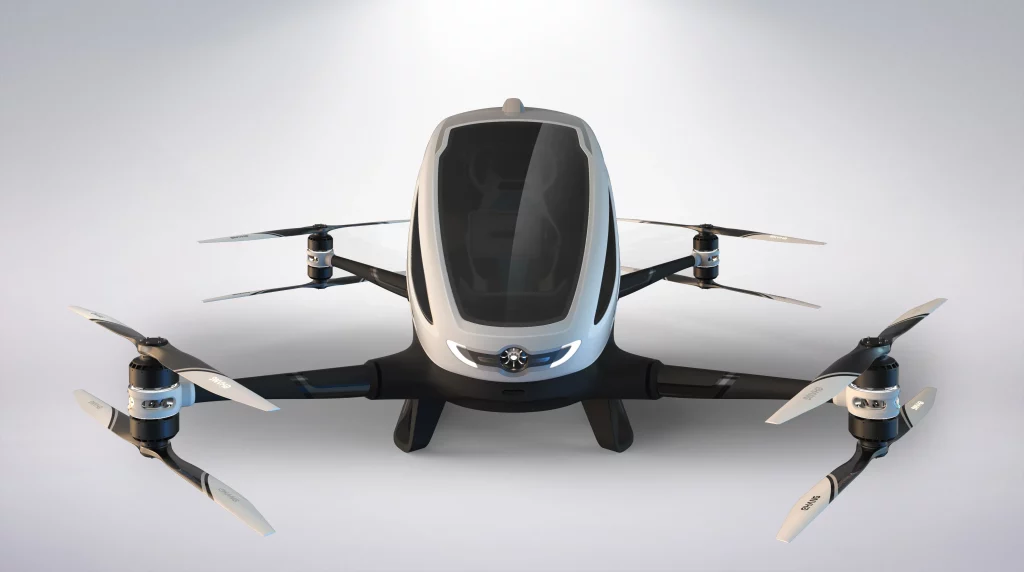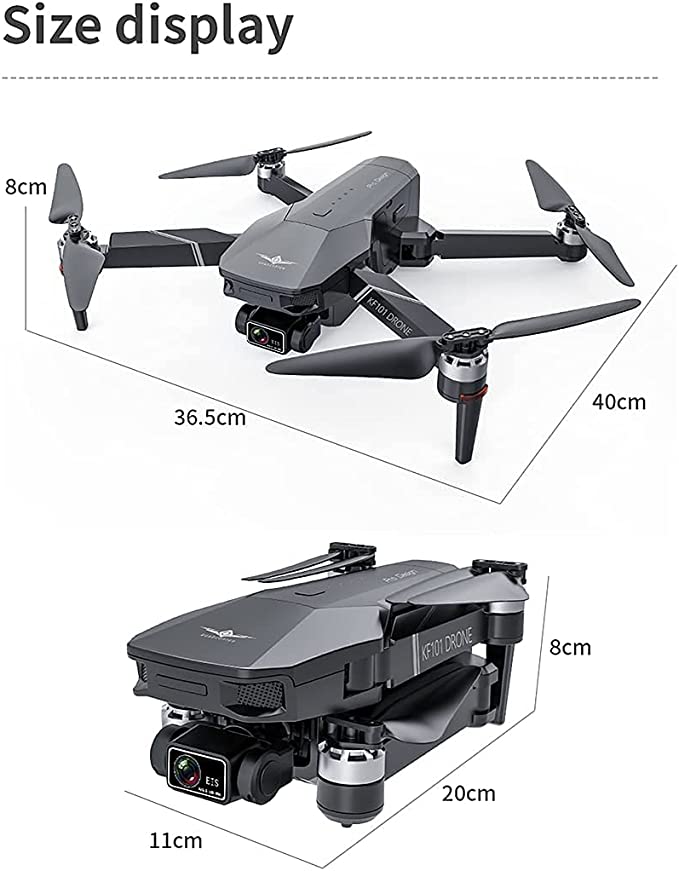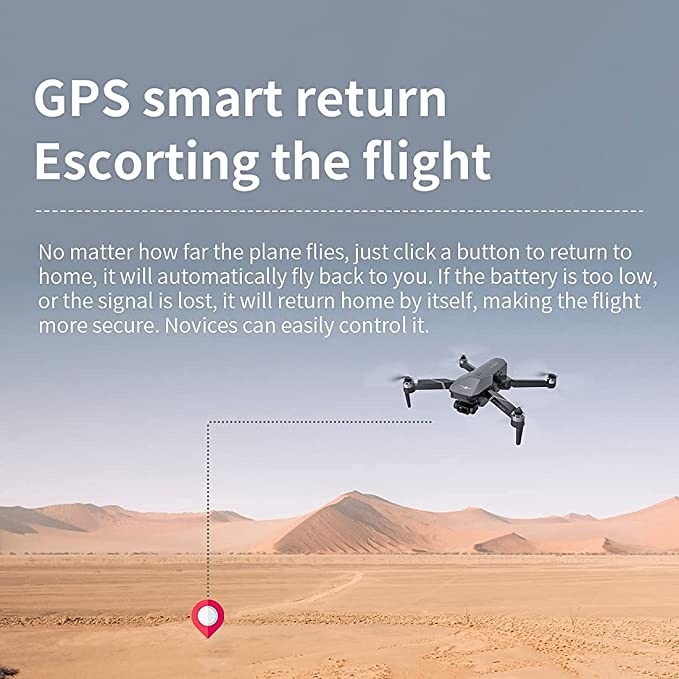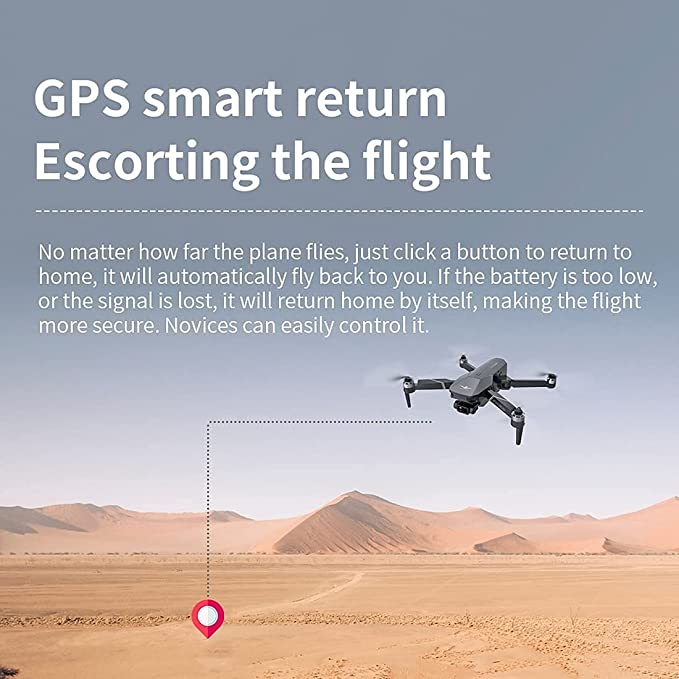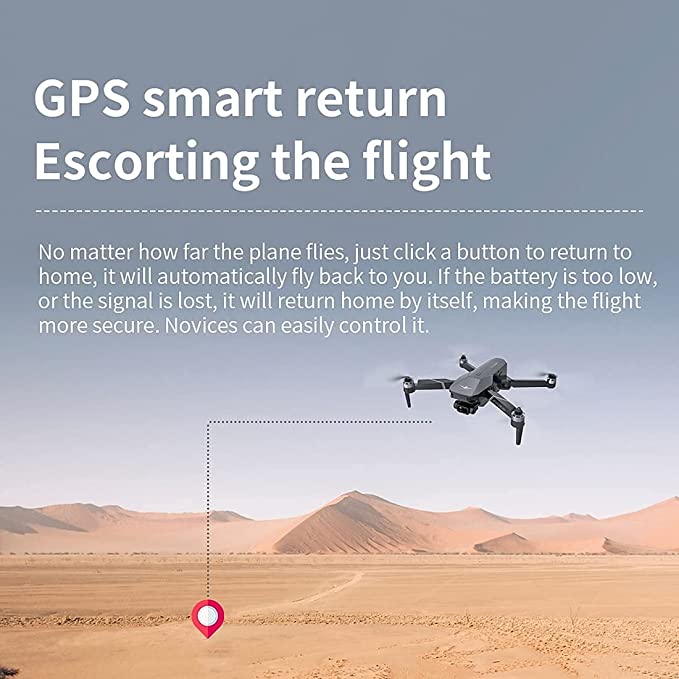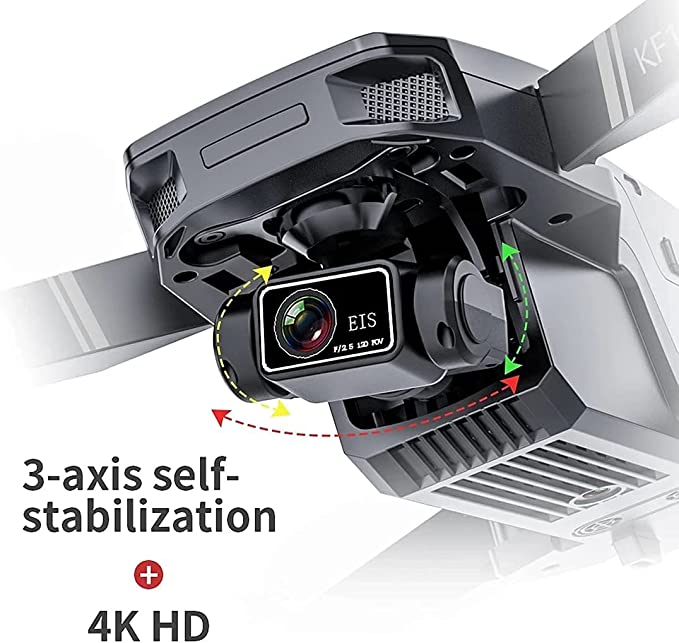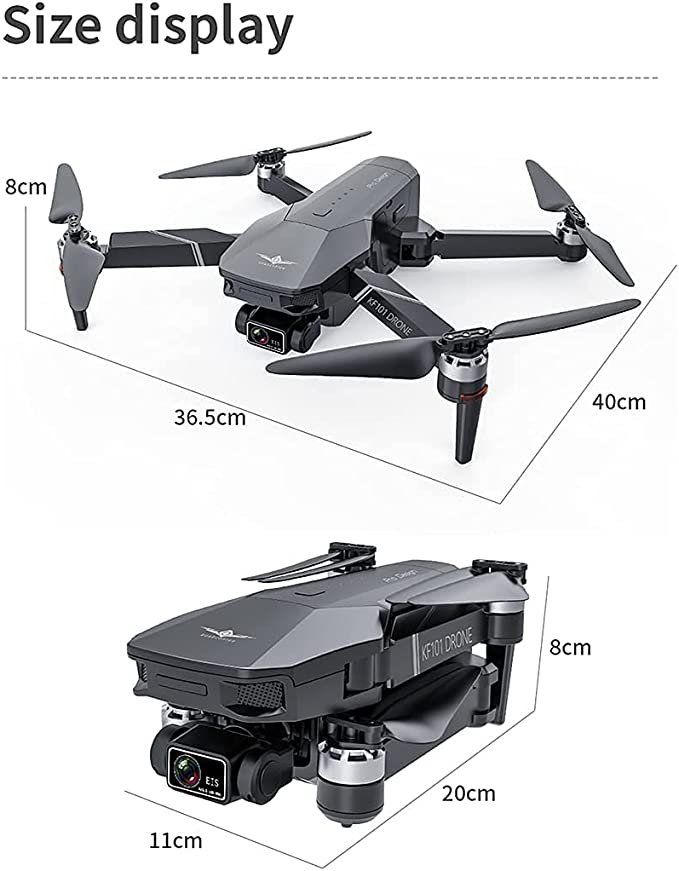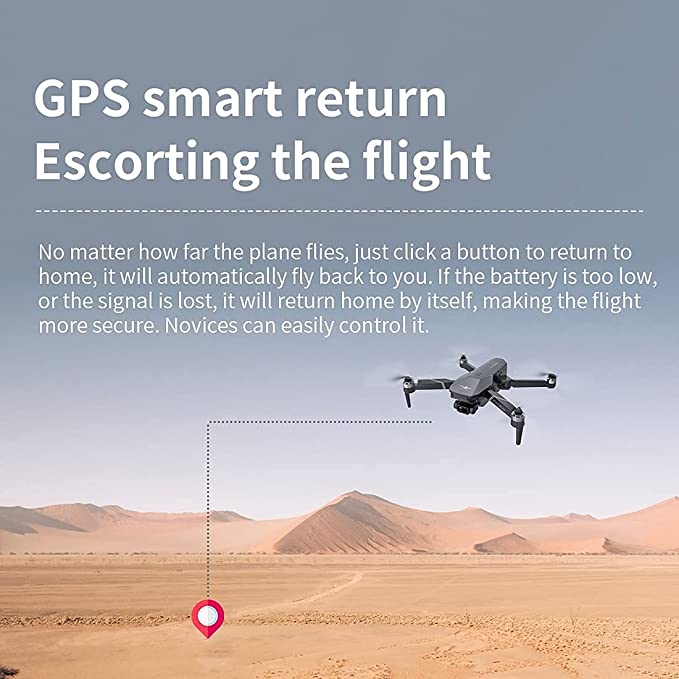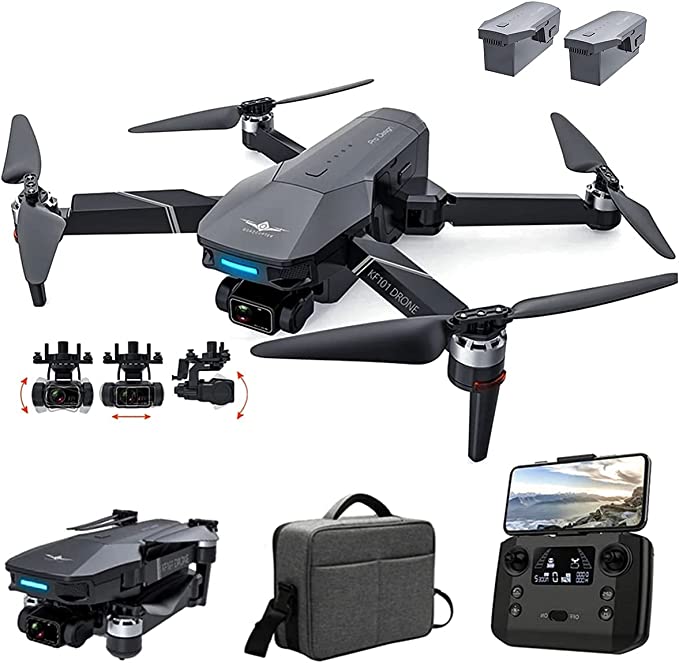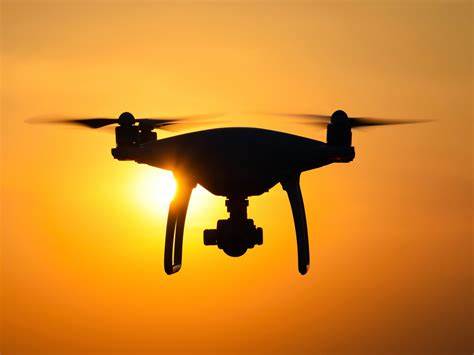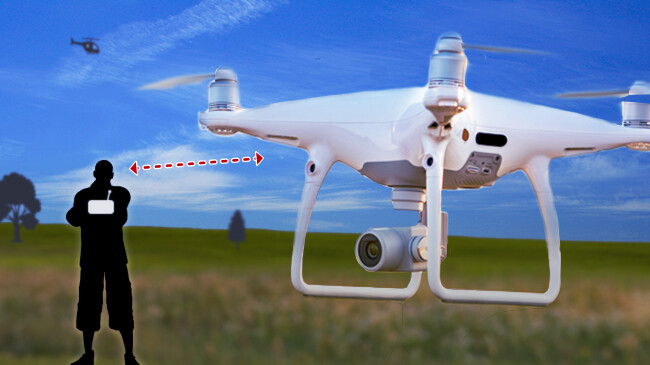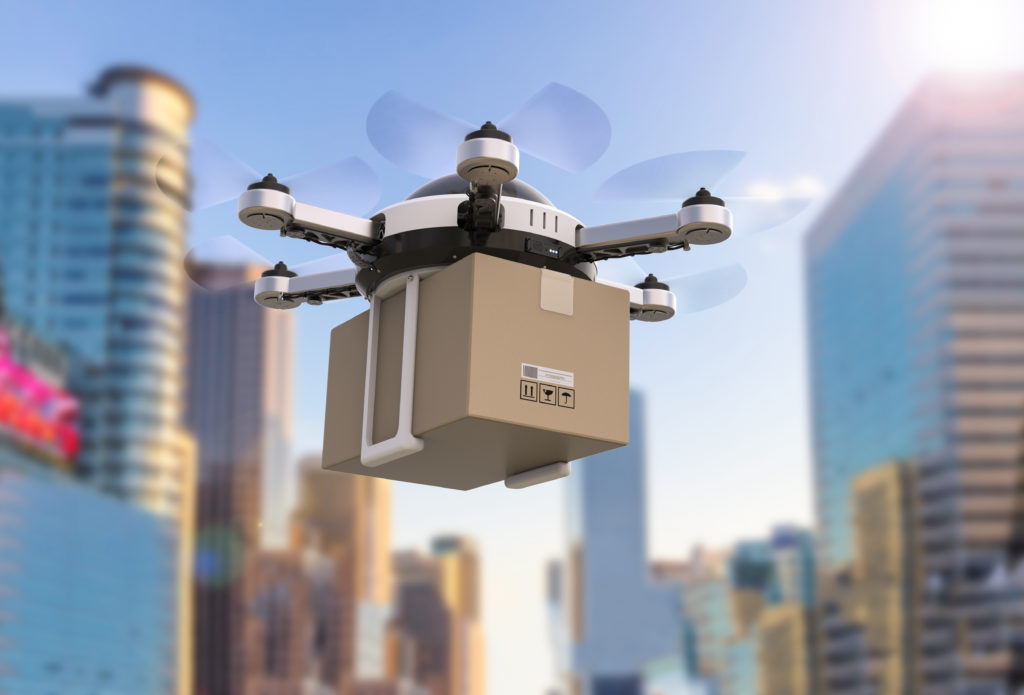An environmentally friendly drone is a type of unmanned aerial vehicle that has been designed to minimize its negative impact on the environment. Some features that may be found on an environmentally friendly drone include low noise emissions, fuel-efficient engines, and biodegradable materials.
A drone is a flying robot. It has propellers to lift it into the air and a controller to tell it what to do. Drones come in all shapes and sizes, from small drones that fit in your hand, to large cargo-carrying drones used by businesses. Some military drones can stay airborne for more than 30 hours! Drones are often associated with war or surveillance, but there are many peaceful uses for them as well. For example, farmers can use drones to help them spray crops with pesticides or water; search and rescue teams can use drones fitted with cameras to find people lost in the wilderness; scientists can use them to study animals from above without disturbing their natural habitats; and photographers can get amazing aerial shots
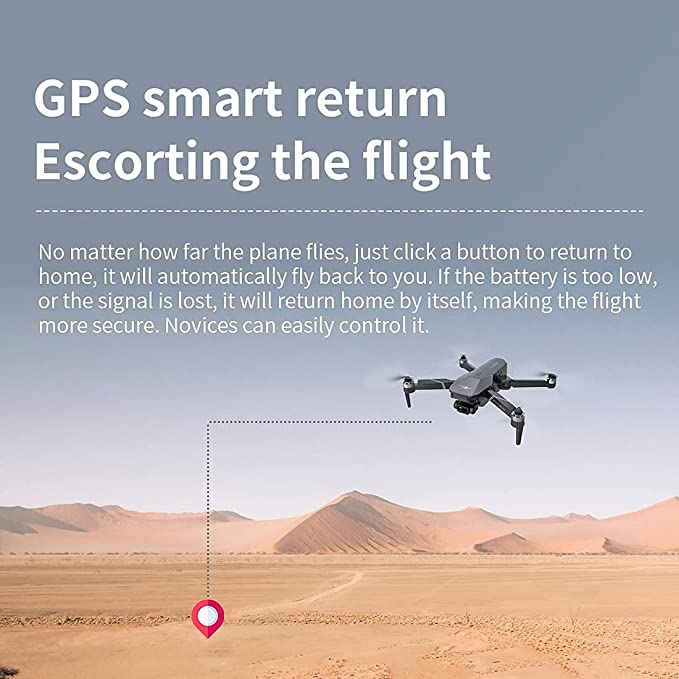
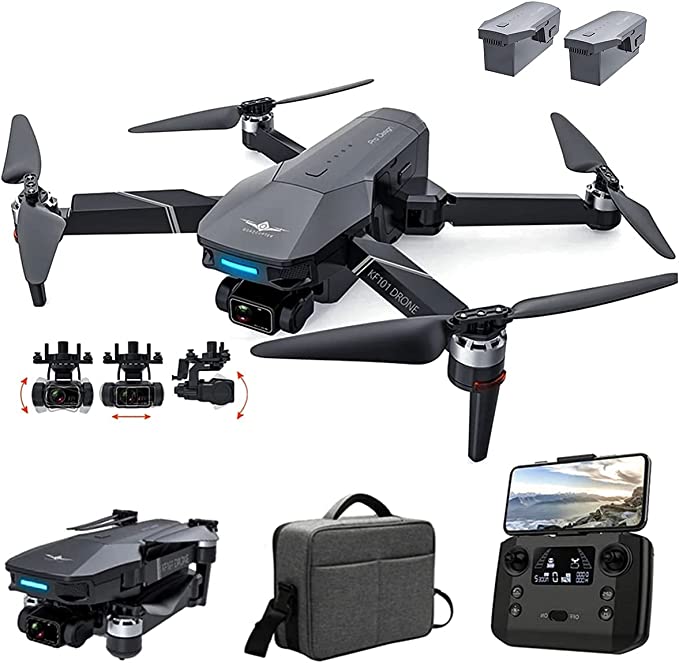
1. Decide what you want to use your drone for. There are many different types of drones on the market, so make sure you pick one that is best suited for your needs. If you plan on using it for aerial photography or videography, then be sure to get a drone with a good camera quality.
2. Do some research before buying . Read reviews and comparisons online to find the best drones out there that fit your budget and needs. Also check which features each drone has and see if they match what you’re looking for in terms of performance, durability, etcetera .
3. Buy from reputable dealers/manufacturers. Buying from authorized dealers will ensure that you receive a genuine product.
4. Consider the drone’s size and weight. The smaller and lighter the drone, the easier it is to transport and less likely you are to damage or disturb wildlife with it.
5. Check if your chosen model has a “return-to-home feature in case of loss of signal or battery power; this will ensure that your drone can automatically fly back to its take-off point.
6. Avoid drones made from materials such as plastic which are not biodegradable – look for models made from sustainable materials like bamboo or wood instead (just be careful not to injure yourself on any protruding screws!).
7. If possible, try before you buy! Many stores now offer
8. Look for drones that are made of biodegradable materials.
9. Choose a drone that has a low environmental impact in terms of energy consumption and production.
If you enjoyed this post, I’d be very grateful if you’d help it spread by emailing it to a friend or sharing it on Twitter or Facebook. Thank you!
